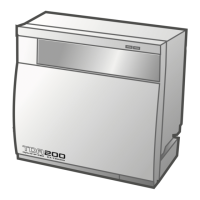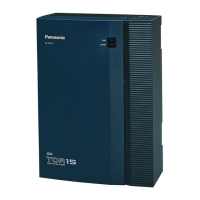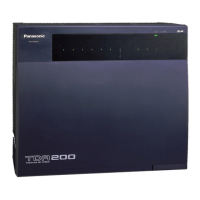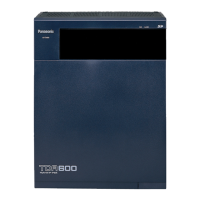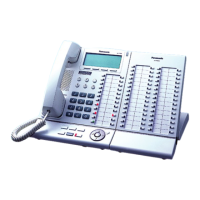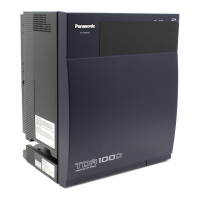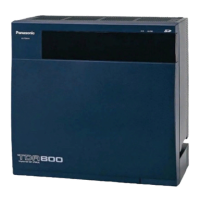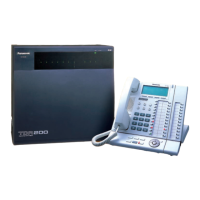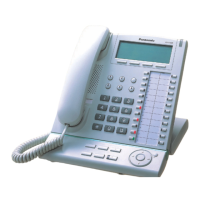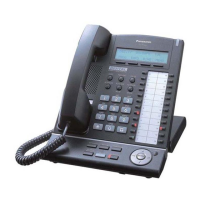1.1 Incoming Call Features
28 Feature Guide
1.1.1.5 Calling Line Identification (CLI) Distribution
Description
Directs an incoming trunk call to a preprogrammed destination when the caller's identification number (e.g.,
Caller ID) matches the number in the System Speed Dialling Table that is used as the Caller ID Table. Each
Caller ID number (telephone number for each System Speed Dialling number) can have its own destination.
CLI always works in conjunction with the following call distribution methods:
a) DIL
b) DID/DDI
c) MSN Ringing Service
Each trunk (for DIL) and the DID/DDI/MSN number can enable or disable the CLI feature for each time mode
(day/lunch/break/night) (→ 2.2.4 Time Service).
When the call has Caller ID information and the CLI is enabled for the time mode, the call will be handled
by the CLI method.
[Programming Example of System Speed Dialling Table for CLI]
CLI Feature Description & Reference
Caller ID Caller's number is sent from an analogue trunk.
→ 1.18.1 Caller ID
Calling Line Identification
Presentation (CLIP)
Caller's number is sent from an ISDN line.
→ 1.21.1.2 Calling/Connected Line Identification Presentation (CLIP/
COLP)
Automatic Number Identification
(ANI)
Caller's number is sent from an E1 or T1 line.
→ 1.22.1 E1 Line Service
→ 1.23.1 T1 Line Service
Location
(System Speed Dialling
No.)
System Speed Dialling
Name
*1
Telephone No.
*2
CLI Destination
*3
000 ABC Company 901234567890 200
001 : : :
::::
*1
:
→ 2.12.1 [6-1] System Speed Dial—Name
→ [002] System Speed Dialling Name
*2
:
→ 2.12.1 [6-1] System Speed Dial—CO Line Access Number + Telephone Number
→ [001] System Speed Dialling Number
*3
:
→ 2.12.1 [6-1] System Speed Dial—CLI Destination
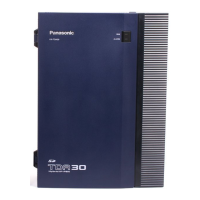
